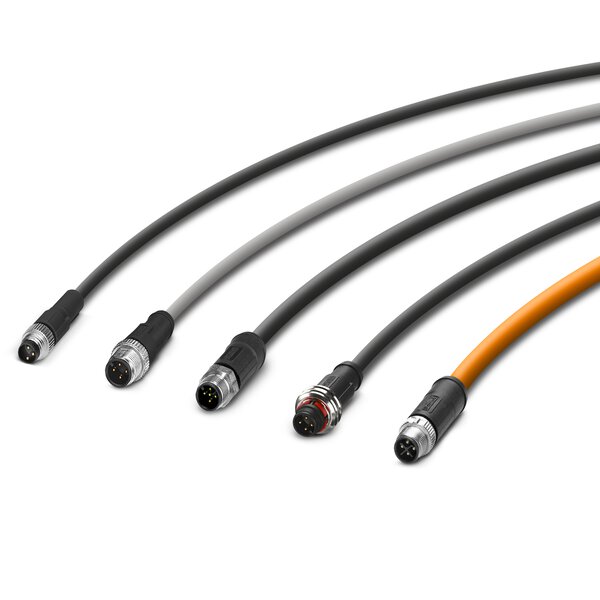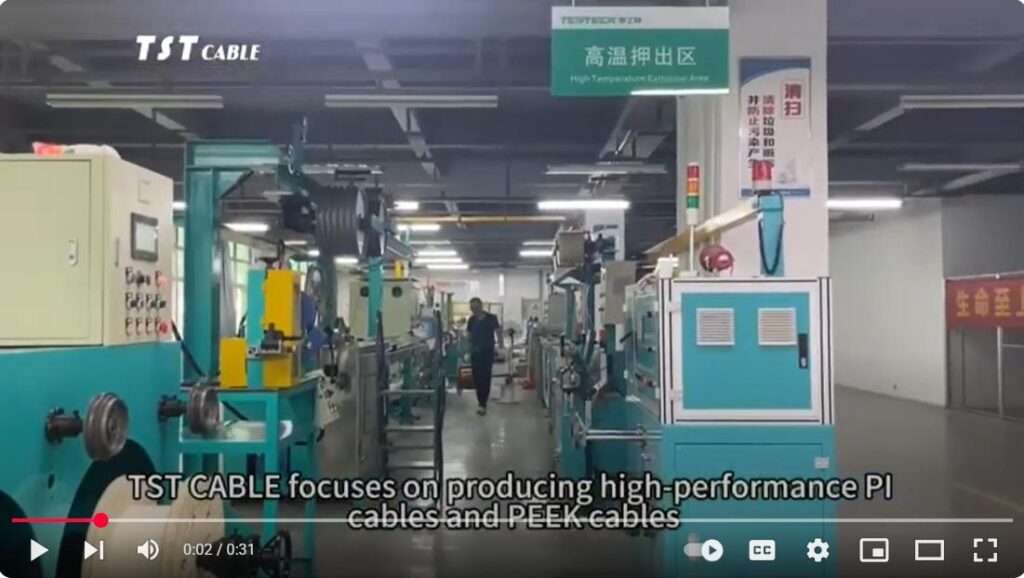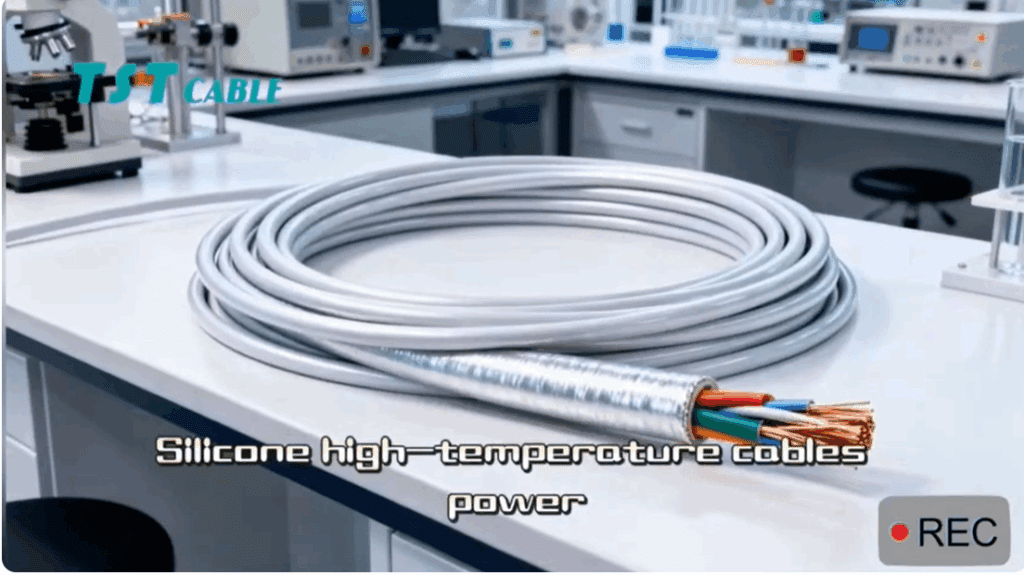
1. Select the appropriate cable model according to the cable’s purpose, laying location and working conditions.
2. Select the appropriate cable cross-section according to the working system of the electrical equipment, power supply type, cable core and load current.
3. According to the system short-circuit current calculation results, whether the short-circuit capacity of the cable fragment meets the requirements.
4. Correct the rated current carrying capacity of the cable according to the ambient temperature, and then determine whether the allowable current of the cable is greater than the load current.
5. Correct the rated current carrying capacity of the cable based on the bundle laying correction coefficient,
and then determine whether the allowable current of the cable is greater than the load current.
6. Check the line voltage drop and determine whether the line voltage drop is less than the specified value.
7. According to the setting value of the protection device, determine whether the cable and the protection device are coordinated;
if they are not coordinated, determine whether the appropriate protection device or setting value can be changed.
Otherwise, the appropriate cable carrying surface should be re-selected.






